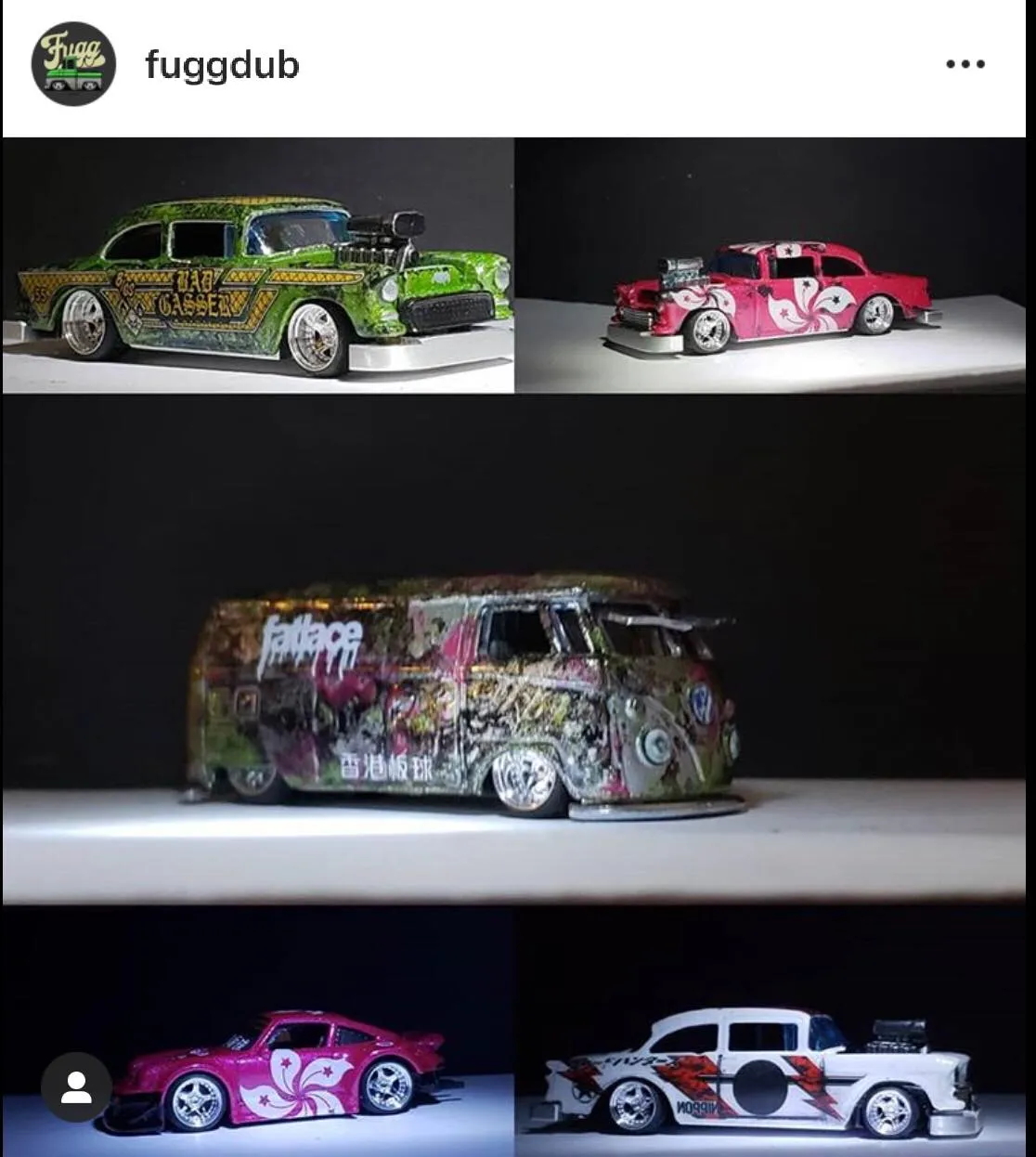Are you fascinated by meticulously crafted miniature vehicles? Do you dream of owning a unique model car that perfectly reflects your personal style or celebrates a cherished memory? Then, you’ve come to the right place. Custom diecast models offer an exciting way to engage with the world of automobiles, allowing enthusiasts to create personalized collectibles. This guide will walk you through the process, from initial concept to proudly displaying your very own custom diecast creation. Let’s dive into the captivating world of custom diecast makers and discover how to bring your automotive visions to life.
What Are Custom Diecast Models
Custom diecast models are scale replicas of real-world vehicles, meticulously modified or entirely created by custom diecast makers to meet specific requests. Unlike mass-produced models, these are often limited edition or one-of-a-kind pieces. The level of customization can range from simple paint changes and decal additions to extensive modifications involving bodywork, engine detailing, interior enhancements, and even the addition of functional elements like lights and opening doors. These models are more than just toys; they are miniature works of art, prized by collectors for their detail, uniqueness, and the stories they tell.
The Appeal of Custom Diecast Cars
The allure of custom diecast models stems from a combination of factors. Firstly, they allow for a high degree of personalization, enabling collectors to own models that reflect their individual tastes, interests, or commemorate special events. Secondly, they represent a tangible connection to the automotive world, offering a way to appreciate the design and engineering of classic, modern, or even concept cars. Thirdly, the limited availability of custom models often increases their value and collectibility, making them a worthwhile investment for some enthusiasts. Finally, the collaborative process between the collector and the diecast maker fosters a sense of ownership and pride in the finished product.
Types of Customization Available
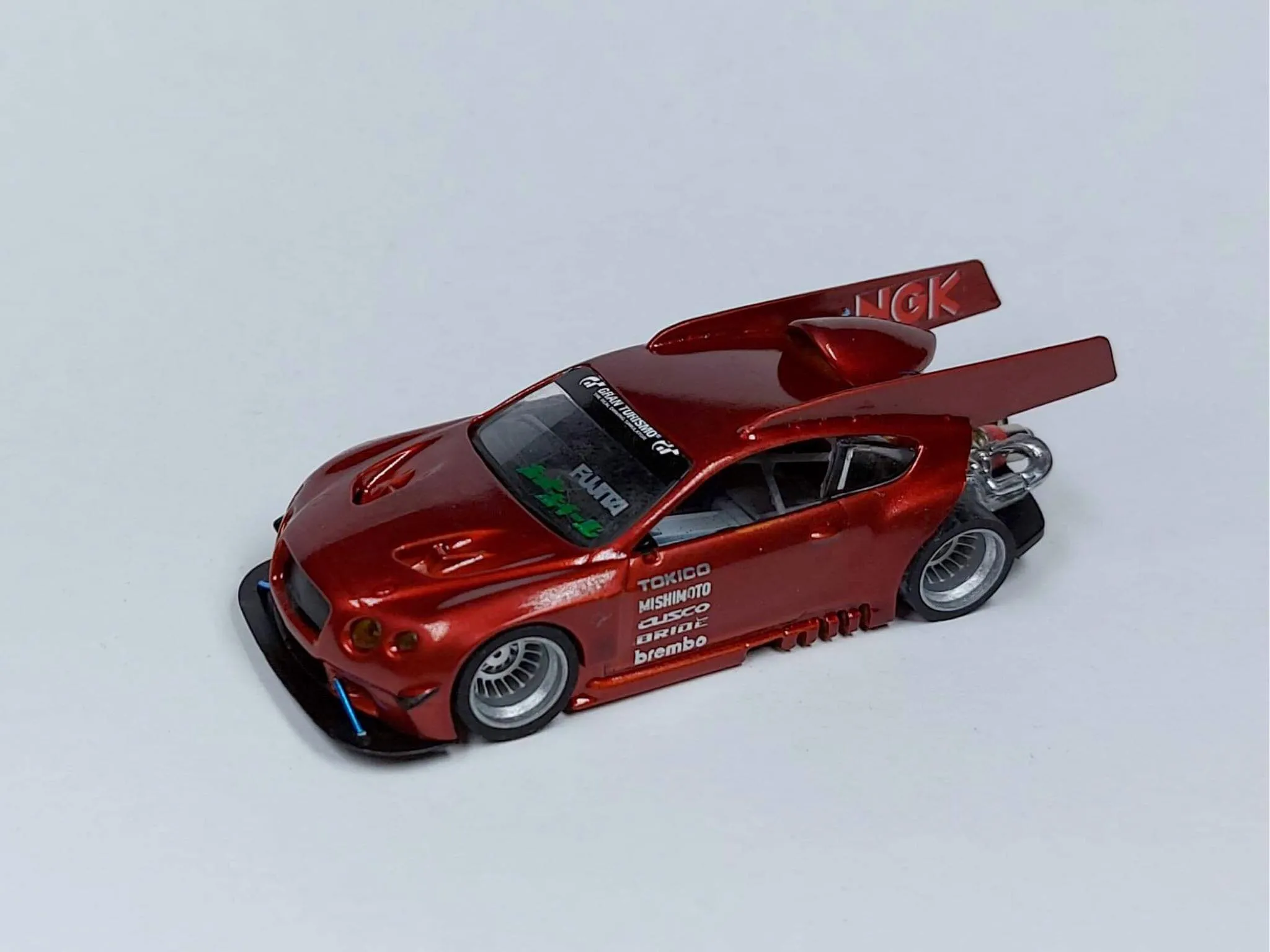
The scope of customization is vast and depends on the maker’s capabilities and the collector’s budget. Common customizations include repainting the model in a specific color scheme, adding custom decals or graphics, modifying the wheels and tires, detailing the engine bay and interior, and adding aftermarket accessories. More extensive modifications might involve completely reshaping the body, creating custom body kits, or even converting a model into a different vehicle altogether. Some makers also offer weathering effects to create a more realistic and aged appearance. The possibilities are limited only by imagination and the maker’s skill.
Planning Your Custom Diecast Project
Embarking on a custom diecast project requires careful planning to ensure a satisfying outcome. This phase involves defining your vision, selecting a suitable base model, and thoroughly researching potential diecast makers. Taking the time to plan reduces the chances of unexpected costs or disappointments and ensures the final product aligns with your expectations. Consider all the details before sending your idea to the custom diecast makers.
Defining Your Vision
Before contacting any custom diecast makers, clearly define your goals. What vehicle do you want to recreate? What specific features or details are essential? What color scheme, decals, and accessories are you envisioning? Gather reference materials such as photos, diagrams, and color swatches to convey your ideas effectively. The more detail you can provide, the better the maker can understand and execute your vision. Consider creating a mood board or a detailed sketch to communicate your desired aesthetic. This helps the custom diecast makers create exactly what you want.
Choosing a Base Model
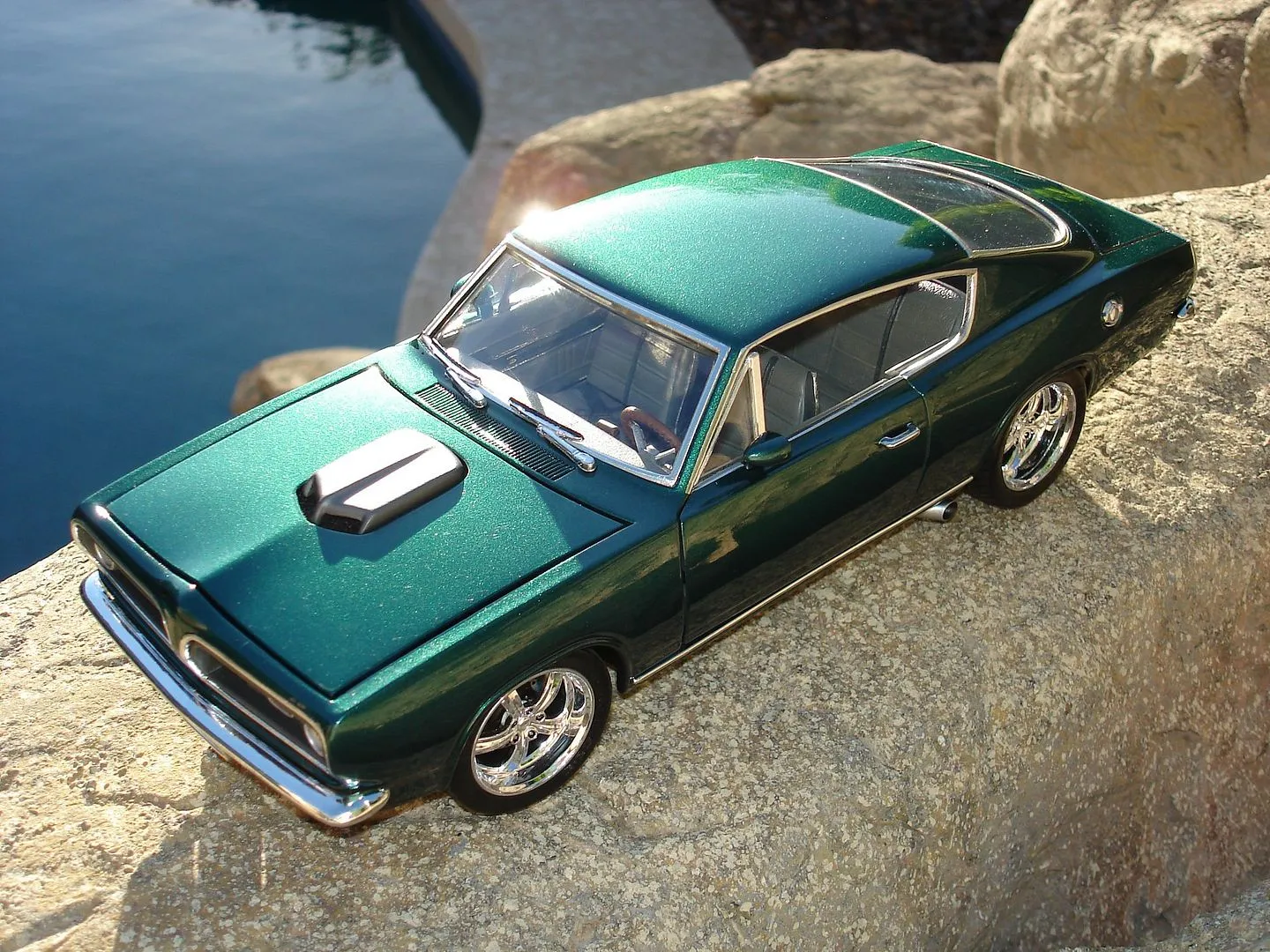
The base model is the foundation of your custom project. Consider the availability, scale, and quality of different models. Popular scales include 1:18, 1:24, and 1:43. The chosen scale influences the level of detail achievable and the overall size of the finished product. Research the different manufacturers and their reputation for accuracy and quality. Some models are better suited for customization than others. Look for models with a solid construction and readily available aftermarket parts or customization options. Your custom diecast makers will advise you on the best model to choose.
Researching Diecast Makers
Thorough research is crucial. Explore online forums, social media groups, and online galleries to find custom diecast makers whose work aligns with your vision. Review their portfolios, paying close attention to their skill in the type of customization you desire. Check for consistency, attention to detail, and the quality of their finishing work. Take notes on the makers’ specialties, experience levels, and turnaround times. Identify several potential makers before contacting any of them to get a good understanding of the prices and what they can do. Read reviews and ask other collectors for recommendations. Custom diecast makers are highly specialized, so finding the right one is essential.
Finding the Right Custom Diecast Maker
Selecting the right maker is arguably the most important step. Consider the maker’s experience, their ability to handle the specific customizations you need, and their communication style. The best custom diecast makers are not only skilled but also responsive, reliable, and transparent throughout the process. You will be working with them closely, so you need to trust their process. Ensure they are easy to work with and responsive. The better the communication, the better the outcome.
Factors to Consider
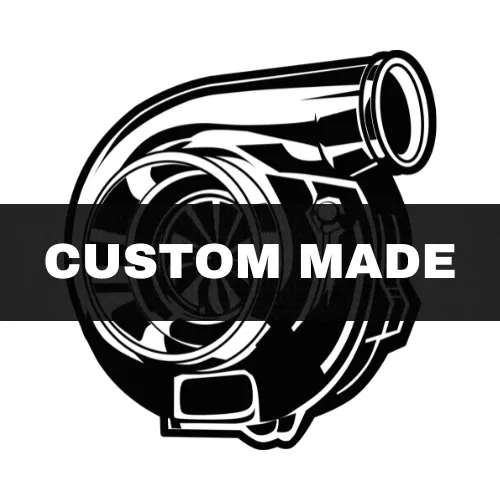
Several factors should influence your decision. Consider the maker’s specialization; some excel in specific areas, such as paintwork, detailing, or body modifications. Evaluate their portfolio to ensure their style and skills match your vision. Assess their communication skills and responsiveness; a good maker will keep you informed throughout the process. Inquire about their turnaround time, pricing structure, and warranty policies. Look for makers who offer clear contracts and provide detailed invoices.
Checking Reputation and Reviews
Reputation is paramount. Search online forums, social media, and dedicated websites for reviews and testimonials. Pay attention to the experiences of other collectors, focusing on the maker’s reliability, quality of work, and customer service. Look for any patterns of complaints or negative feedback. Check whether the maker has a professional online presence and is responsive to inquiries. Verify that the custom diecast makers are members of any relevant professional organizations. Checking the maker’s reviews is critical before committing to a project.
Pricing and Payment Options
Custom diecast projects can vary significantly in cost, depending on the complexity and scope of the work. Get a detailed quote from each maker, outlining all costs involved, including materials, labor, and any additional fees. Discuss the payment schedule; most makers require a deposit upfront, with the remaining balance due upon completion. Ensure that the payment terms are clearly defined in a contract or agreement. Clarify any potential extra costs, such as shipping, insurance, or design revisions. Always compare prices from multiple custom diecast makers to ensure you get the best value for your money.
The Customization Process
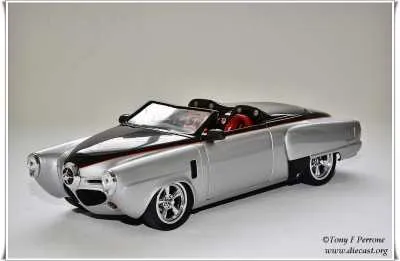
Once you’ve selected a maker, the customization process begins. This typically involves design and planning, the application of custom materials and techniques, and the production phase, followed by quality control and delivery. The process is a collaboration between the collector and the maker, so open communication and detailed discussions are essential. Expect to receive regular updates, photos, and opportunities to provide feedback throughout the process.
Design and Planning
The initial stage involves finalizing the design. The maker might create digital mockups or renderings to visualize the final product. You’ll review the design and provide feedback. This is the time to make any necessary adjustments. The maker will order any required parts and materials. Clear communication and a detailed design brief minimize the chances of errors or misunderstandings during the production phase. Ensure that all specifications are documented and agreed upon before the work begins. Discuss any potential changes during the design phase.
Materials and Techniques Used
Custom diecast makers employ a variety of materials and techniques to achieve the desired results. These include high-quality paints, specialized decals, and various detailing products. Common techniques include airbrushing, hand-painting, and the application of custom graphics. For extensive modifications, the maker might use resins, plastics, and other materials to reshape the body or create custom parts. The specific materials and techniques used depend on the scope of the project and the maker’s expertise. The best custom diecast makers use the best products.
The Production Phase
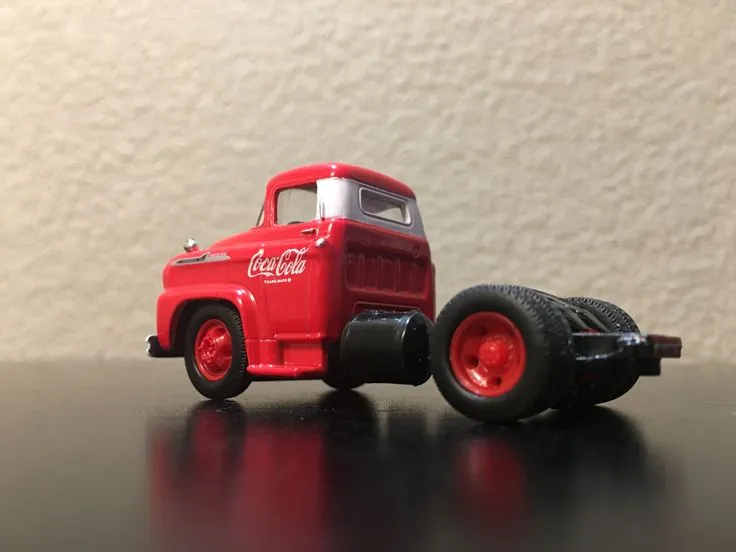
This is where the magic happens. The maker will disassemble the base model, prepare the surfaces, apply paint, decals, and other details according to the agreed-upon design. This phase may involve several steps and iterations. Throughout the production phase, the maker will keep you informed with updates and photos. The production phase can vary in duration, depending on the complexity of the project. Be patient. Remember that a skilled custom diecast maker will take pride in their work.
Quality Control and Delivery
Before the model is delivered, the maker will perform quality control checks to ensure that it meets the agreed-upon specifications. This may involve checking the paint finish, decal application, and overall assembly. Once the model passes quality control, it will be carefully packaged and shipped. Ensure that the shipping is insured. Upon receiving your custom diecast model, inspect it carefully to ensure that it meets your expectations. If you have any issues, contact the maker immediately to discuss possible solutions.
Maintaining and Displaying Your Custom Diecast
Once you receive your custom model, proper care and display are essential to protect your investment and showcase your creation. These miniature works of art deserve to be handled with care, stored correctly, and displayed appropriately to maximize their lifespan and visual appeal. Taking pride in your custom model is the ultimate goal!
Proper Storage
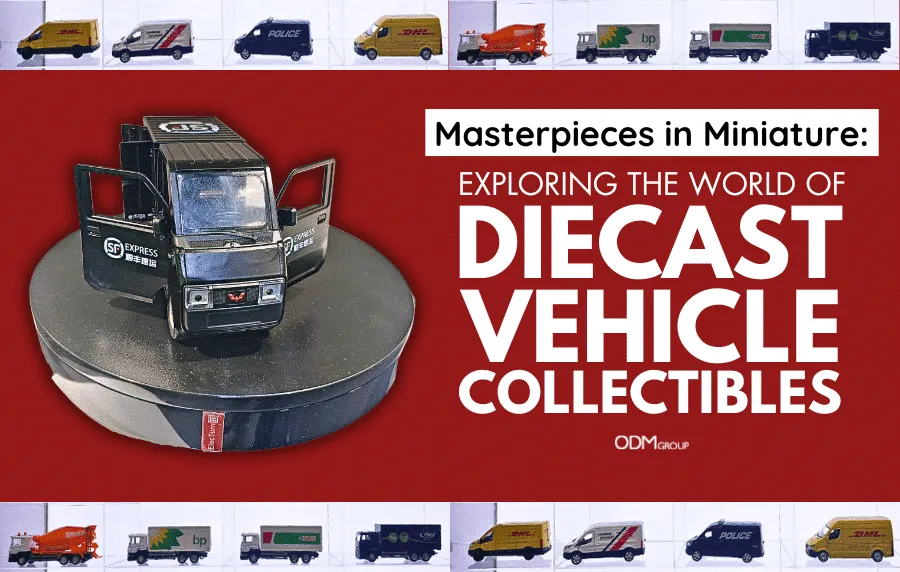
Store your custom diecast models in a cool, dry place away from direct sunlight and extreme temperatures. Avoid storing them in attics or garages, where temperature fluctuations can damage the paint and materials. Consider using display cases or dust-proof containers to protect them from dust and debris. Handle your models with clean hands. Avoid touching the paint finish unnecessarily. If you need to clean them, use a soft, lint-free cloth.
Displaying Your Collection
Display your custom diecast models in a way that showcases their beauty and detail. Display cases or shadow boxes provide an excellent way to protect them from dust and damage while also allowing you to appreciate them fully. Arrange your collection thematically or chronologically. Use lighting to highlight the details, but avoid direct sunlight. Consider using display stands or dioramas to create a more visually appealing presentation. Remember, displaying your models is an art form in itself.
Showcasing Your Custom Models
Share your passion with other collectors. Join online forums, social media groups, or local car clubs. Participate in model car shows or exhibitions to display your models and connect with other enthusiasts. Share photos and stories of your custom builds. Custom diecast collecting is a community. The ultimate reward is sharing your passion with others. Showcasing your custom models is a great way to connect with the hobby and meet other collectors.
Creating a custom diecast model is a rewarding experience that allows you to express your passion for cars and collecting. By following this guide, you can navigate the process with confidence, find the right custom diecast makers, and bring your automotive visions to life. Enjoy the journey, and savor the satisfaction of owning a truly unique and personalized collectible.
